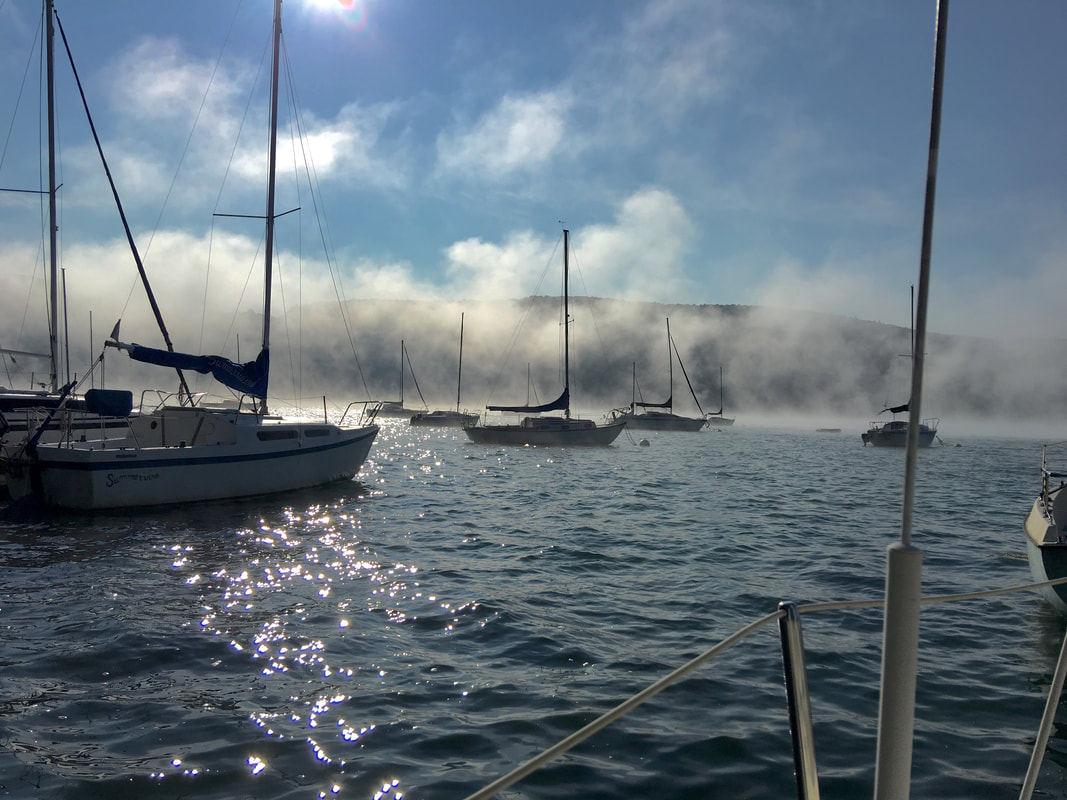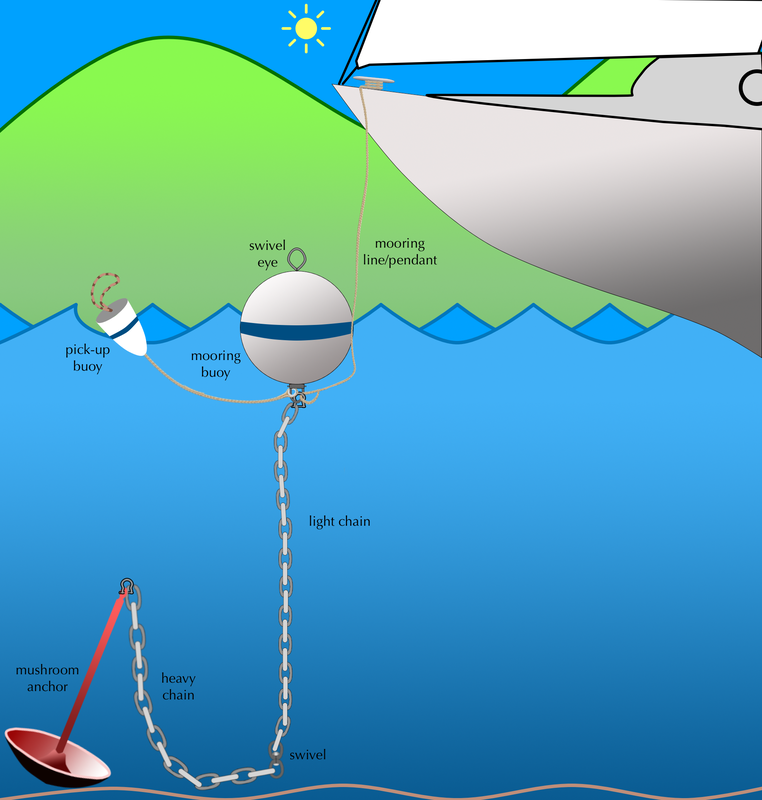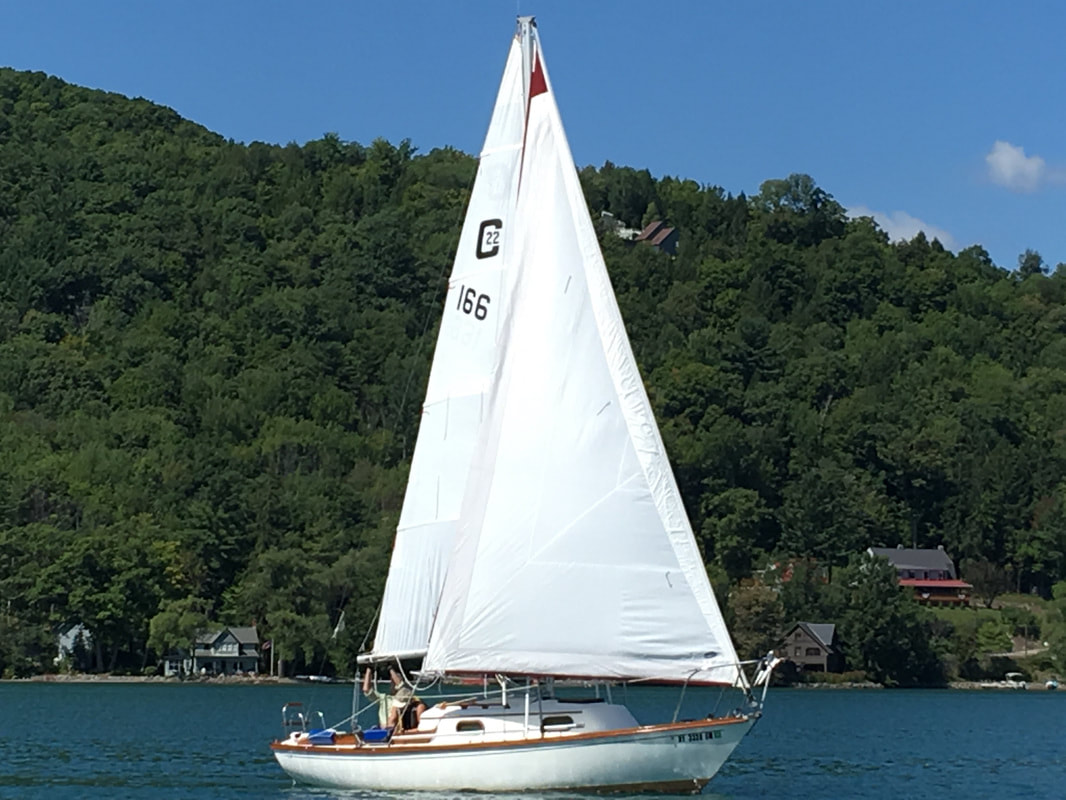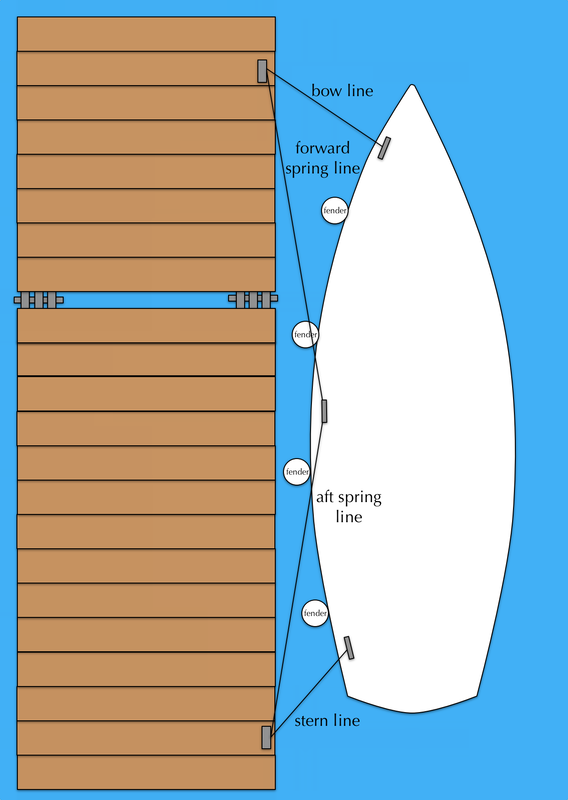OSC is permitted to operate a harbor with dock berths and mooring sites. These are assigned by the Harbor Master in order of request, with effort made to accommodate particular requirements of the boats and their sailors. Only members may request an assignment; prospective members may inquire with the Membership Committee about potential availability.
The harbor assignments are displayed under Cruising/Harbor Directory and site requests received by the Harbor Master are displayed under Cruising/Harbor Waiting List. Information on making a request is on both of these pages.
The Harbor Committee is charged with oversight and management of docks, moorings, mapping, and the motorboat fleet.
The harbor assignments are displayed under Cruising/Harbor Directory and site requests received by the Harbor Master are displayed under Cruising/Harbor Waiting List. Information on making a request is on both of these pages.
The Harbor Committee is charged with oversight and management of docks, moorings, mapping, and the motorboat fleet.
MooringThere are 19 mooring sites accessible by dinghy from the shoreline docks. Mooring sites are assigned by the Harbor Master but owned and maintained by the boat owner. The condition of mooring hardware is inspected by an underwater diver every few years, but this inspection is intended to augment and not replace inspection by the owner. Inspection by the boat owner is assisted by the Harbor Master every few years. This entails pulling the hardware up on to the barge for visual inspection by both owner and Harbor Master. OSC reserves the right to request that the hardware be upgraded if deemed inadequate. In addition to the hardware, it is important to examine your mooring lines periodically. These can fail on a much shorter time scale and with the same result as failed hardware.
Mooring Tackle and Configuration
|
DockingThere are currently 16 dock positions assigned. Although boats are more sheltered at dock, secure lines are no less important.
Docking Lines (recommendations)A bow line and a stern line of appropriate grade are the absolute minimum for securing a boat to the dock. If you are leaving your boat unattended, additional spring lines are highly recommended. A forward spring line runs forward from a midships cleat to a forward dock cleat. An aft spring line runs aft from a midships cleat to an aft dock cleat. Spring lines will not only improve the security of your boat, they will minimize collisions that wear both boat and dock. Fenders at the correct height provide further protection.
Chafing gear/chafe guards on the lines will reduce wear on the lines where they contact the boat. This can also protect your boat finish. The condition of the dock cleats should be inspected by the boat owner that uses them. Cleats are installed and maintained by boat owners, but every sailor should report problems to the Harbor Master or the Commodore. |




